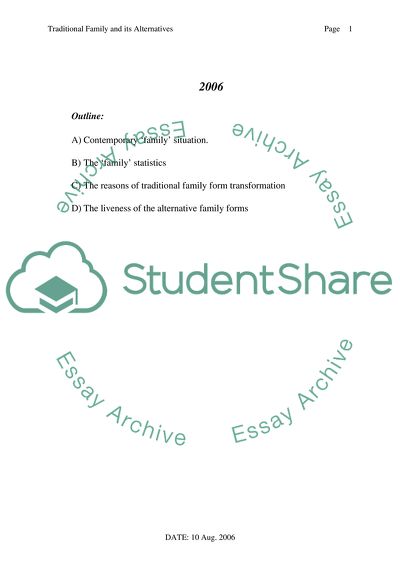Cite this document
(Traditional Family and Its Alternatives Term Paper, n.d.)
Traditional Family and Its Alternatives Term Paper. https://studentshare.org/social-science/1704683-not-much-research-has-been-done-on-families-apart-from-heterosexual-normative-families
Traditional Family and Its Alternatives Term Paper. https://studentshare.org/social-science/1704683-not-much-research-has-been-done-on-families-apart-from-heterosexual-normative-families
(Traditional Family and Its Alternatives Term Paper)
Traditional Family and Its Alternatives Term Paper. https://studentshare.org/social-science/1704683-not-much-research-has-been-done-on-families-apart-from-heterosexual-normative-families.
Traditional Family and Its Alternatives Term Paper. https://studentshare.org/social-science/1704683-not-much-research-has-been-done-on-families-apart-from-heterosexual-normative-families.
“Traditional Family and Its Alternatives Term Paper”. https://studentshare.org/social-science/1704683-not-much-research-has-been-done-on-families-apart-from-heterosexual-normative-families.


